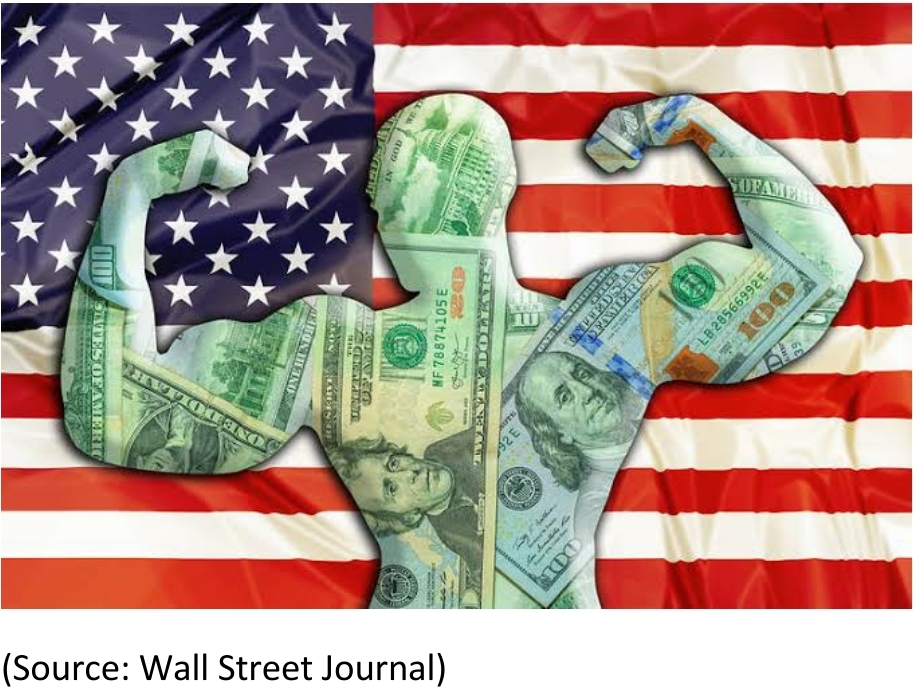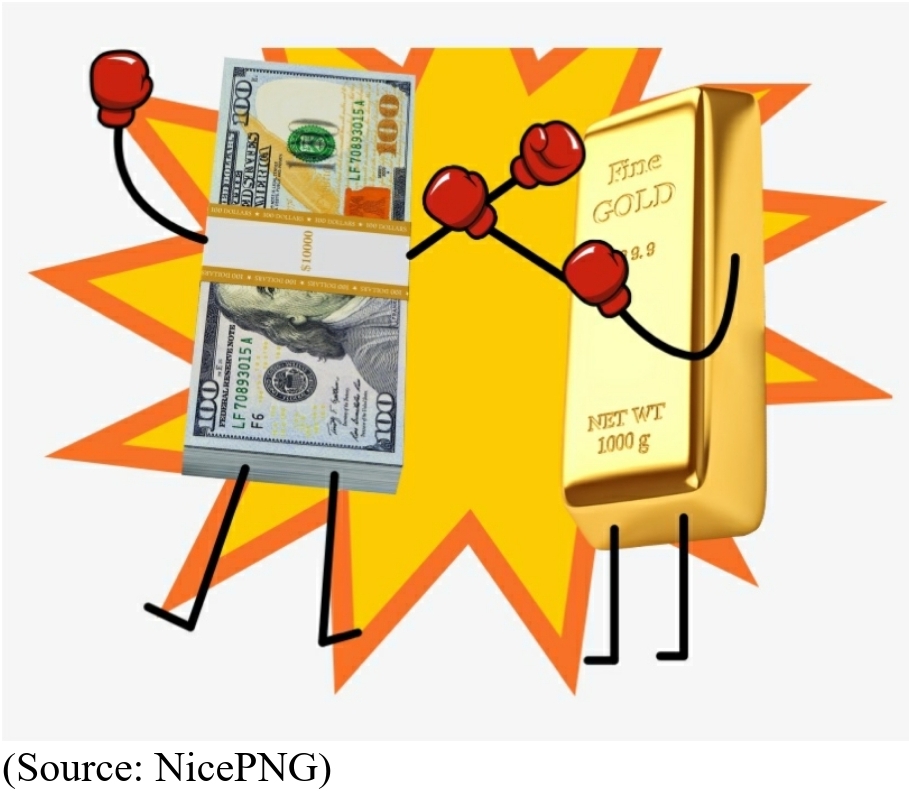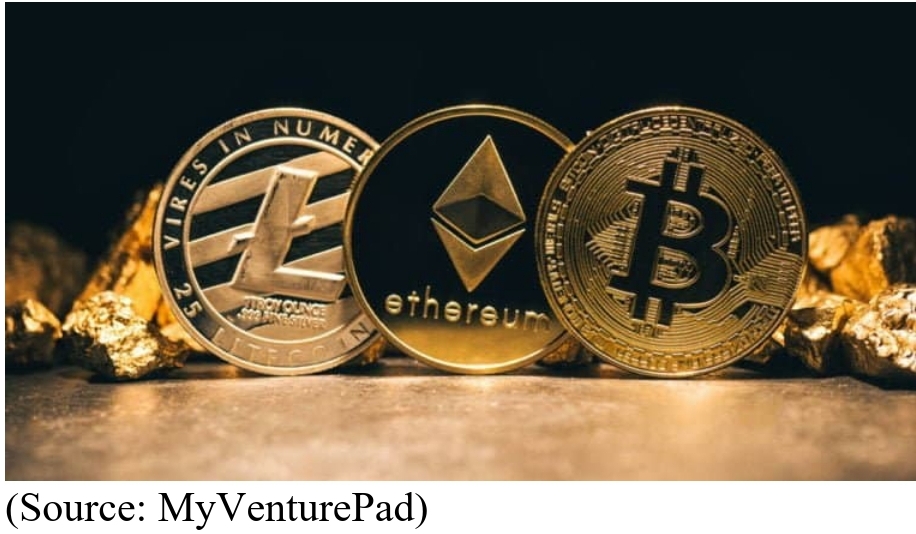This is the introductory article to the series of ‘The U.S. Dollar‘
The US Dollar is not only the official currency of the United States and its territories, but also some other countries that use it as their official currency. In fact, USD has become the world’s reserve currency and most people and companies trust it for international trade. But, how exactly did USD become so powerful?
Even when coronavirus wreaked havoc across global markets, wiping out trillions of dollars’ worth of assets, the USD was unaffected by the turmoil and acted as a safe haven. The USD acts as a flight to quality during the time of crisis as it hails from the world’s largest and strongest economy, the United States of America, which is generally politically and economically stable.
For a long time developed economies tied their currencies to gold, known as the ‘Gold Standard’, however, during the First World War many of these countries abandoned the Gold Standard and started paying their military expenses with paper money instead, and eventually the USD, which was still tied to gold, overtook the British Pound to become the world’s leading reserve currency. During World War II, the United States sold weapons and supplies to many of its allies and collected its payments in gold. By 1947, USA had accumulated 70% of the world’s gold reserves, leaving other nations with a huge disadvantage. To try to remedy this and other financial matters, 44 allied countries met in Bretton Woods, New Hampshire, in 1944; there they decided that the world’s currencies would be pegged to the US Dollar, which was in turn linked to gold.

As central banks began to build their reserves over time, these dollars were redeemed for gold dwindling the U.S.’s stockpile of gold and igniting concerns about the stability of the USD. In 1971, U.S. President Richard Nixon shocked the world when he de-linked the dollar from gold. From there, free floating exchange rates were born, meaning exchange rates were no longer fixed to gold and were determined by market forces of demand and supply instead. Despite periods of market volatility and the inflation that followed, the USD has remained the world’s reserve currency. Its sheer volume and America’s efficient banking system made the notes more convenient and cheaper to trade than other currencies. Today, the vast majority of foreign exchange transactions are done in USD.

We have established that the USD is stable, but what about the other currencies which are stable too such as the Swiss Franc and Singapore Dollar, both of which come from politically and economically stable countries too? These countries have far less global influence and economic power. For years there have been calls for an alternative reserve currency, ranging from countries like China and Russia and intergovernmental organisations such as the United Nations. In recent years, some countries have added Chinese Yuan to their reserves; the cloud of US sanctions has also prompted a desire for some countries to bypass dollar denominated trading. In 2018, Germany’s foreign minister wrote that “it is essential that we strengthen European autonomy by establishing payment channels independent of the U.S.” and some are hoping that the world’s future reserve currency won’t be tied to a national government at all; they see cryptocurrencies, such as Bitcoin, eventually overthrowing the dollar. But, even so, any change in the U.S. Dollar’s strength certainly won’t happen overnight.

Written by : Raghav Agarwal
Citations:
Bohn, H. (2011). The Economic Consequences of Rising U.S. Government Debt: Privileges at Risk. FinanzArchiv / Public Finance Analysis, 67(3), 282-302. Retrieved May 2, 2020, from www.jstor.org/stable/41303592
•Schwarcz, Steven L., Rollover Risk: Ideating a U.S. Debt Default (January 30, 2014). Boston College Law Review, Vol. 55, No. 1, p.1 2014. Available at SSRN: https://ssrn.com/abstract=2307569 or http://dx.doi.org/10.2139/ssrn.2307569
•Vuletic, Dominik, Next Global Crisis: Greatest Recession in the History of Capitalism is at the Doorstep (September 21, 2015). Available at SSRN: https://ssrn.com/abstract=2663630 or http://dx.doi.org/10.2139/ssrn.2663630
•Lo Duca, Marco and Nicoletti, Giulio and Martinez, Ariadna, Global Corporate Bond Issuance: What Role for US Quantitative Easing? (February 18, 2014). ECB Working Paper No. 1649. Available at SSRN: https://ssrn.com/abstract=2397787
